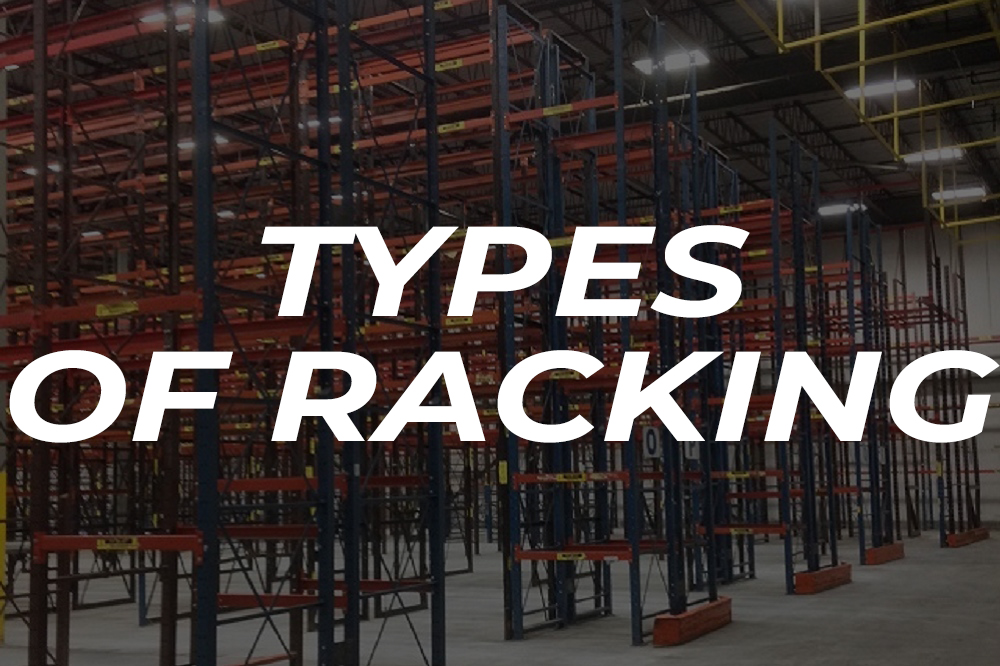-
Home
-
Which Type of Racking is Right for Me?

Which Type of Racking is Right for Me?
December 4, 2013
When deciding the storage device to be utilized for a new warehouse facility or an existing one, you must first consider what kind of material you are handling. There are many factors that will further narrow down the process, like how heavy the product is, whether it is on pallets or not, and whether these products require specific flow requirements. This might seem overwhelming, but ASI is here to help answer these questions!
Are you storing like or miscellaneous products in each bay of racking? If each bay of racking is storing identical pallets of the same item, you can utilize much more dense storage methods. This is because you do not require access to all of the pallets because they all have the same product on them. With this method of storage, you can store product many pallets deep, which cuts down on the number of aisles required in your facility. This is ideal for a warehouse facility that is tight on space or a company that manufacturers or stores only a few different products.
If miscellaneous items are being stored within each bay of racking, depth of storage cannot be utilized because it requires access to each individual bay. More aisles are required, which negatively effects storage density, but positively effects the ability to access different products. This style of racking is known as selective rack, because it is only a single bay deep. This is the most common style of racking, especially in a facility with many different inventory items that is not concerned about running out of storage space.
Do you require specific flow requirements? Certain products, especially in the food and beverage industry, require a first in first out inventory method. This is because products with expiration dates need to be sold before they expire, so products that have been there longer need to be sold first to avoid this. For storing these types of products, pallet flow rack could be utilized. This racking is a FIFO style of inventory, so time sensitive products are properly rotated.
If you do not require a FIFO style of inventory for your products, you could consider pushback rack. Like pallet flow rack, pushback rack allows for storage density, but it is a last in, first out style of inventory instead. Other styles of racking that utilize storage density are drive-in and drive-thru rack. Both of these types of racking require the forklift to drive in to the actual racking, which can put it at risk of getting damaged. Pushback and pallet flow rack do not allow for a forklift to enter the structure, putting it at less risk of getting damaged.
Whatever you are storing, ASI is here to guide you through the process. We want to save you money while providing top quality material handling equipment, and top-quality service. This is how we have done business for the past 22 years, so if you have any questions, just give us a call. We would be more than happy to help.